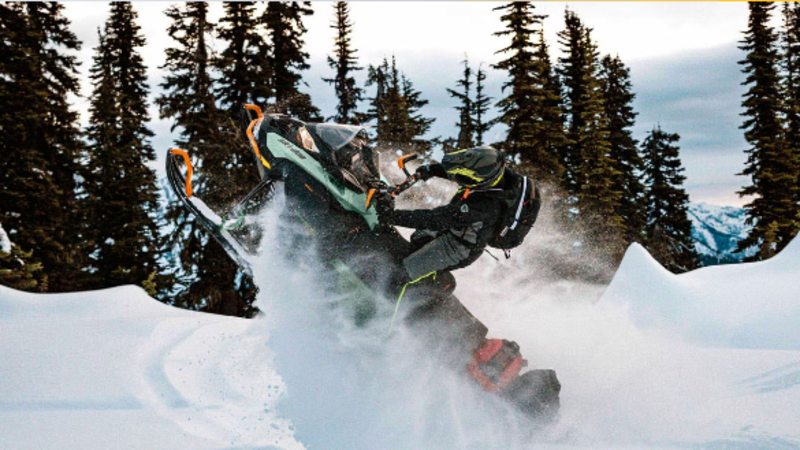
Over 1,000 firefighters and 50 aircraft part of fire response
All of the province’s available assets to fight wildfires and help evacuees are being used.
That from Premier Scott Moe who has faced increased scrutiny about the level of response.
“We’re putting every asset that we have available — despite the questions with respect to the military — whether it’s air assets from across this nation and across the continent,” Moe said when speaking to media on Friday during the Saskatchewan Public Safety Agency’s (SPSA) daily briefing.
Moe said every firefighting resource has been deployed, including about 50 aircraft and about 1,000 trained firefighters.



